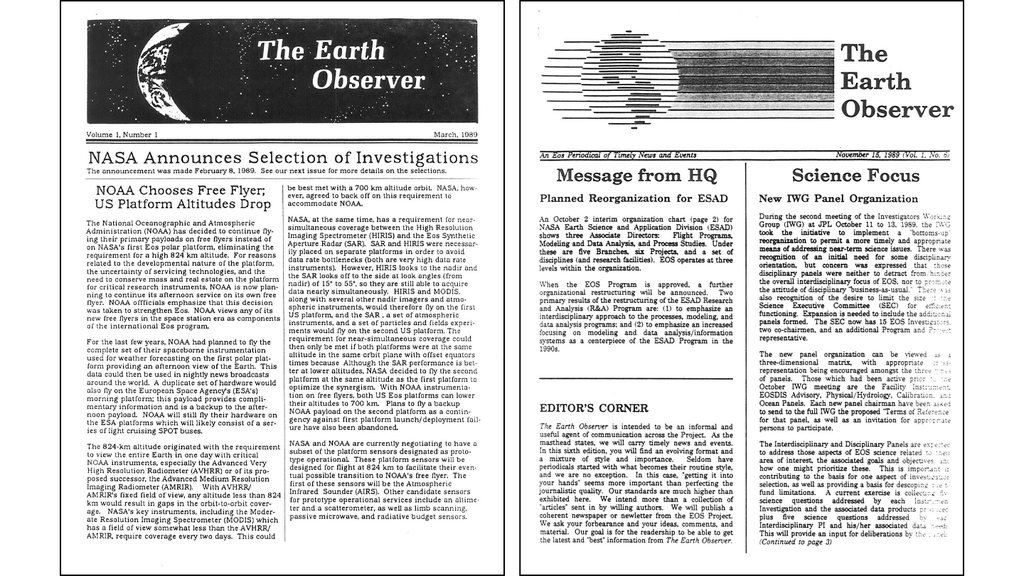Video: 5,000 Exoplanets: Listen to the Sounds of Discovery (NASA Data Sonification)
| Credit | NASA/JPL-Caltech/M. Russo, A. Santaguida (SYSTEM Sounds) |
|---|---|
| Language |
|
Related: Experience this video in 360 ›
On March 21, 2022, the number of known exoplanets passed 5,000 according to the NASA Exoplanet Archive. This animation and sonification tracks humanity's discovery of the planets beyond our solar system over time. Turning NASA data into sounds allows users to hear the pace of discovery, with additional information conveyed by the notes themselves.
As each exoplanet is discovered, a circle appears at its position in the sky. The size of the circle indicates the relative size of the planet's orbit and the color indicates which planet detection method was used to discover it. The music is created by playing a note for each newly discovered world. The pitch of the note indicates the relative orbital period of the planet. Planets that take a longer time to orbit their stars are heard as lower notes, while planets that orbit more quickly are heard as higher notes.
Viewers may notice a grid-like pattern start to form after 2009. That corresponds to the field of view of NASA's Kepler Space Telescope, which launched that year. Everywhere the telescope looked, it discovered planets.




























